Three million bananas, and 600 to 800 baguettes a day. These are some of the items on the shopping list of the Paris Olympic Village caterers as the world’s elite sportspeople gather to compete for the coveted medals, according to BBC Food Chain podcast What Olympians Eat (on demand).
Swimmer Michael Phelps popularised the 5,000 calorie-a-day regime, but that’s not every Olympian’s reality.
Each must have a “carefully curated diet” depending on the sport they play – so you might spot an endurance runner or swimmer feasting on endless carbs (or chocolate muffins) on TikTok, while weightlifters, sprinters and boxers go for the multiple steaks.
Team GB pole vaulter Holly Bradshaw knows this better than anyone, as her diet has been meticulously designed since she was a teenager. “If I am too light, my poles are too stiff. If I’m too heavy, they’re too soft”, she explained. This extremely strict relationship with food can affect the way athletes view their bodies and impact self-esteem, which in turn can affect performance, noted Team USA senior dietician Alicia Glass.
It means the behind-the-scenes feeding of hundreds of Olympians is equally complex. Caterers must not just provide enough food, but also the right food for a vastly diverse group of people. The various canteen stations of regional cuisines, ranging from Indian to Caribbean, occupy a stadium-sized area – “it’s like entering the lion’s den”, Bradshaw said.
The common thread? They’re all getting huge portions of chips when all this is over.







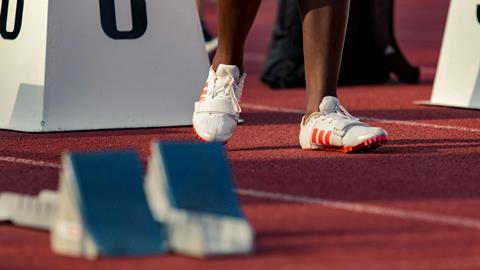
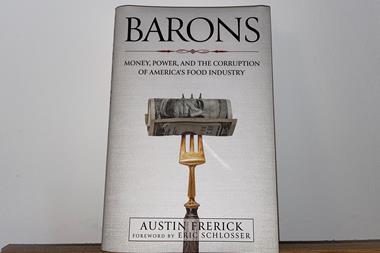
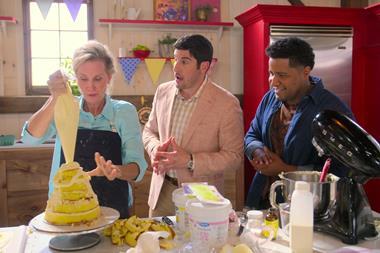
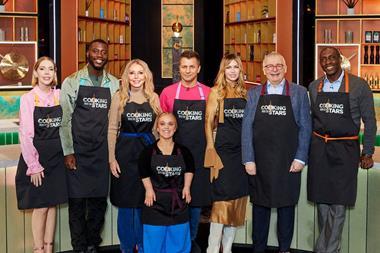






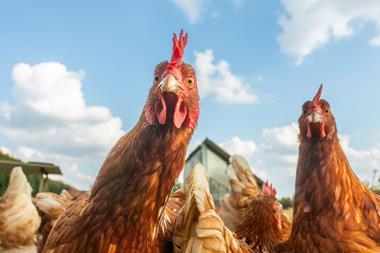


No comments yet